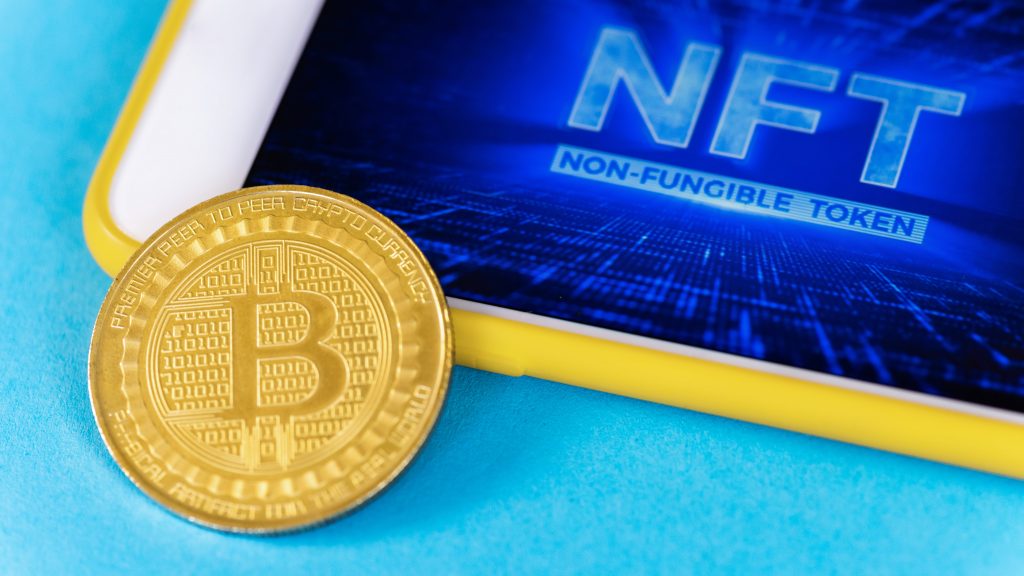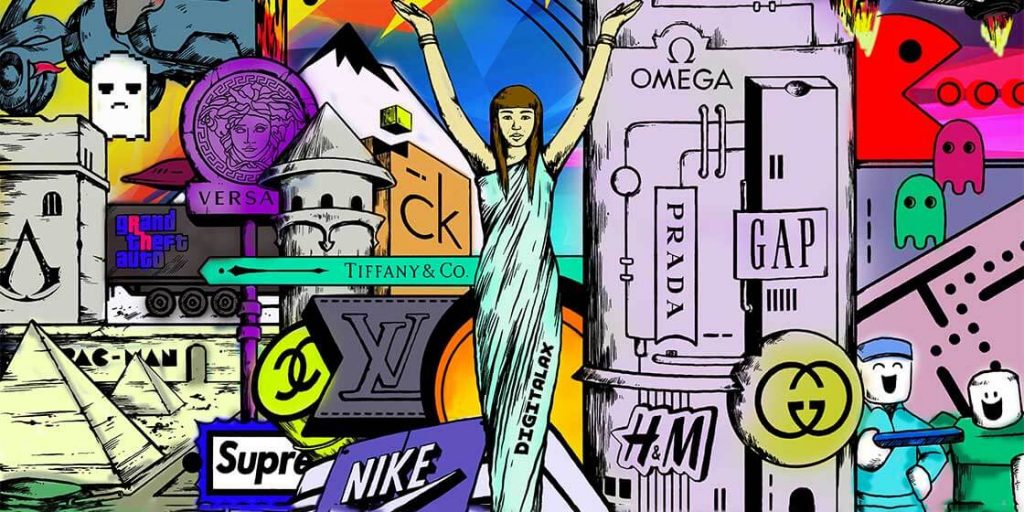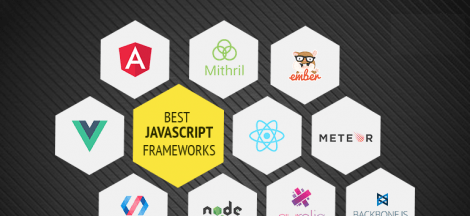As a result of the COVID-19 pandemic, the world has grown more digital. The use of Blockchain for various niche industries and online applications is surging. Numerous businesses take advantage of these technologies to increase their sales and build their brands.
Best Decentralized Twitter Alternatives You Should Try
As centralized social platforms face criticism for censorship and data concerns, decentralized Twitter alternatives are emerging. Platforms like Mastodon, Bluesky, and Peepeth offer blockchain-based solutions, empowering users with transparency, security, and freedom from traditional content controls.
Top Decentralized Twitter Alternatives
- Mastodon: An open-source microblogging network with customizable communities.
- Bluesky: A blockchain-based platform incubated by Twitter’s co-founder Jack Dorsey.
- Peepeth: A blockchain alternative focusing on permanent, censorship-free posts.
- Nostr: Provides secure, decentralized microblogging and data ownership.
- Minds: Combines social networking with blockchain to reward users with crypto tokens.
Why Decentralized Social Platforms Are Gaining Popularity
- User Control: Full control over content and data.
- Censorship Resistance: Posts cannot be easily removed or altered.
- Blockchain Security: Ensures privacy and transparency.
- Monetization: Users can earn tokens for contributions.
- Scalability: Suitable for global user bases without centralized restrictions.
Decentralized Social Media: Growth and Trends in 2025
By 2025, decentralized social media is expected to grow by 15% annually, driven by user demand for privacy and control. Platforms like Mastodon and Bluesky have already attracted millions of users, signaling a shift towards Web3-powered interactions.
One of the newest trends we are all getting to know these days is NFTs. Non-fungible tokens (NFTs) are a special type of digital asset that enables users to hold ownership of real or digital items. NFTs can be bought as unique assets, and all of their processes are handled automatically through smart contracts from Blockchain.
Various industries are now leveraging NFT in different ways, including the fashion industry through the NFT fashion marketplace.
An NFT marketplace allows users to sell, buy, and store their NFTs. This blog will discuss the complete development process of the NFT fashion marketplace.
Benefits of NFT in the Fashion Industry
- Best Marketing Strategy
Nowadays, we are looking at the trends of NFT in the fashion industry. However, its vast uses are yet to be explored. So far, most of the use of NFTs in the fashion industry is for marketing objectives, as fashion is all about physical objects. However, it ignites curiosity among people, thus allowing fashion brands to engage with their customers more.
- Traceability of Digital Ownership
Since NFTs are based on Blockchain technology, it is unique and their digital ownership can be traced. Thus, users will have possession of a unique NFT that will be worth owning the physical valuable product. Moreover, many fashion brands and celebrities are already selling NFT worth millions of dollars.
- Future Trend
NFTs can have several future possibilities, such as identifying high-end luxury items, monitoring their ownership status, and tracing antique items. Other than that, some fashion brands plan to add a ticket to their show in NFTs.
Key Features of Fashion NFT Marketplace

- Storefront
This is the main dashboard of the NFT fashion marketplace through which your users interact with the application. Your storefront should be informative and provide you with all the details of your NFT, such as description, name, image, bids, price, ownership, views, etc., which will be visible here.
- Easy Navigation
Make sure your NFT marketplace provides easy search functionality to your users to locate the NFTs of their interest easily. You can give this function category division and management features. Filters and search bars in your NFT fashion marketplace allow the users to find the right product easily.
- Listings
In NFT marketplace development, you should focus on providing a seamless user experience to buyers as well as sellers. Therefore, for the convenience of sellers on your platform, you must provide a step-by-step path for when a user wants to create listings.
- NFT Status
Your NFT marketplace should provide accurate information about the NFT and its current status. Firstly, your sellers should be clear of your selling policy and your marketplace should provide information like how many people have viewed the file and bids on the NFT. Your marketplace can also send alerts (like push notifications) to the sellers when someone makes a purchase.
Your marketplace should inform the buyer about the authentication of the NFT, its details, and bidding and price history.
- Digital Wallet
When buyers come to your platform, they will need a wallet to pay, receive, or store NFTs and cryptocurrencies. Therefore, you can integrate a crypto wallet like MetaMask to carry out various transactions, from buying to selling.
If you have enough money, you can also develop your own custom wallet. Read our DeFi app development guide to learn how decentralized wallets work.
- Reviews and Ratings
Users can make more effective decisions for purchases by looking at the ratings and reviews. Therefore, a rating system should be developed to ensure a credible NFT fashion marketplace. Since people are likely to do business with sellers who have good reviews, it is always important to inform your users about what other users think of that NFT.
- Effective Auction System
The whole NFT marketplace is based on selling mechanisms, enabling the user to place big amounts. An efficient buying system must update information about the bidding process in real-time. It is also necessary to showcase the expiration date of the bidding, along with the watchlist for the details of the bidder.
- Support
You can provide a support system for your marketplace users to resolve their queries. Also, they can provide you with feedback and information on bugs or system malfunctions. This will help you eliminate errors from your NFT marketplace and improve the user experience.
This support system can be a chatbot, email, phone service, or a combination of all these.
Top 30 NFT Marketplace Development Company
Steps to Create a Fashion NFT Marketplace
- Define The Requirements
The first step of developing an NFT marketplace is identifying its objective. However, as we know that your niche will be the Fashion NFT marketplace, you can focus on defining the resources needed to build the marketplace. These requirements include business requirements, user requirements, and then system requirements.
- Prototyping
After identifying the project requirements, your Blockchain development company will design a UI/UX prototype of the NFT fashion marketplace. A prototype will help you deliver an efficient product as it will help you understand the look and functionality of the NFT marketplace.
Also, you can experiment with the user interfaces and screen mockups before the development process to ensure your NFT marketplace delivers an excellent user experience.
- Choosing Blockchain Model
The fundamental technology of the NFT marketplace that enables its operation is Blockchain. Therefore, you would need smart contracts to facilitate the timely execution of all the predefined conditions by the seller. You can also design your Blockchain platform as per your budget or the strength of the community your product will be targeting.
You can also find some of the Blockchain platforms that you can integrate into your system, such as:
- Ethereum
- Flow
- Cardano
- Tezos
- Solana
- Select Base Tokens
Next, you can select tokens the buyer can use to buy the NFT, such as Ether if you are using the Ethereum Blockchain platform. However, users can buy NFT using any cryptocurrency of their choice.
- Features Implementation
Now that you have selected all of the features and platforms you will use in your NFT fashion marketplace, it is time to implement them using the relevant SDK and APIs. We have mentioned the suitable features and the platforms of the NFT marketplace to integrate.
- Test and Launch
Testing stages will help the developers to find and eliminate errors, bugs, or glitches. Thus, it will ensure your NFT marketplace’s features function properly and provide excellent user experience, performance, and security.
Big Fashion Brands Leveraging the NFTs Industry in Unique Ways
- Dava
Dava provides a platform to customize DAVA NFT Humanoids with special items and use wearables.
Unopnd, an NFT innovation studio, launched Davaproject to enable the adoption of avatars-as-ID in the world of Metaverse. Users can avail of avatar NFTs and wearables using these unique avatar IDs.
The company first launched 10,000 unique avatars with 30,000 wearables for early users.
This project plans to work with famous fashion brands, artists, and NFT projects in the future to mint different wearable collections.
- Gucci
Leading fashion brand from Italy, Gucci, partnered with the NFT influencer company called SUPERPLASTIC to release their NFT called SUPERGUCCI.
They had also released an NFT named Aria which featured a film inspired by the Aria collection.
- Louis Vuitton
Another leading fashion brand, Louis Vuitton, has also indicated its impeccable interests in the world of NFTs. They released an adventure game, NFT, with a dynamic story.
Here, players can customize their characters with different Louis Vuitton monogram prints and colorways. The player traverses through various lands to collect 200 candles, which represent their 200th anniversary birthday, on the occasion this game was launched and features 30 hidden NFTs with 10 NFTs in collaboration with “Beeple.” Top Fashion Brands Moving into Metaverse
- Burberry
Burberry partnered with Mythical Games to launch the NFT collection Blankos Block Party. They aim to encourage their customers to interact with their brand through this game. In this game, a shark named Sharky B, an NFT, can be purchased, upgraded, and sold within the Blankos Block Party marketplace. Burberry is releasing its own branded in-game NFT accessories, including a jetpack, armbands, and pool shoes.
- Krigler
Krigler, a luxury fragrance brand, has also entered the NFT market with its luxury fragrance leasing option. Krigler anticipated that their users were interested in Blockchain; thus, they got the inspiration to create NFTs. Their customer can lease an archival Krigler scent and get its ownership for a certain period.
- JACOB AND CO.
The brand JACOB AND CO. is taking full advantage of the digital space by launching its new NFT and physical watch collection, “Astronomia Metaverso,” created in partnership with UNXD, an NFT marketplace for digital luxury and culture. Their collection is inspired by the universe, and they named their watches after the solar system’s planets.
Final Words
As we all know the popularity of NFTs is gaining momentum in recent times, and is likely to be a promising industry in the future. It is high time to use NFT for your business use. NFTs are in use in various sectors like art, sports, and gaming due to their transparent and protected digital ledger ability with Blockchain.
With NFTs in the fashion industry, people can trade, buy, and create unique digital collectibles. Some of the most popular NFTs platforms include e Axie Infinity, OpenSea, Rarible, Unique One Photo, and Decetraland.
Hence, you can hire a Blockchain company with highly experienced and trained professionals to help you with NFT marketplace development.
Hope this blog helps you better understand the Fashion NFT marketplace features and its uses in the fashion industry and provides a clear idea of its development process.
An NFT marketplace for fashion is a digital platform where fashion items are tokenized as NFTs, enabling users to buy, sell, and trade unique digital assets.
Fashion brands use NFTs to create digital collectibles, exclusive designs, and limited-edition assets, providing customers with unique ownership experiences.
Ethereum is widely used for NFT projects due to its established ecosystem, but alternatives like Polygon and Solana are also popular for lower transaction fees.
Yes, small designers can showcase their work globally, directly connect with customers, and monetize their creativity without intermediaries.







 How Much Does It Cost to Develop a Sports Betting App in 2025?
How Much Does It Cost to Develop a Sports Betting App in 2025?